Adaptations
Adaptations are the special characteristics and behaviors that living organisms develop to survive in their environment. These adaptations can be structural, behavioral, or physiological and help an organism to meet the challenges of its environment. They are the result of the process of natural selection, where organisms with favorable traits are more likely to survive and reproduce, passing on those traits to their offspring.
Types of Adaptations
There are three main types of adaptations:
- Structural Adaptations: These are physical features of an organism's body that help it to survive in its environment. Examples include the long neck of a giraffe for reaching leaves high in trees, the thick fur of a polar bear for insulation in cold climates, and the sharp beaks of birds for cracking seeds.
- Behavioral Adaptations: These are the ways an organism acts in response to its environment. Examples include migration patterns of birds to find food and nesting sites, the hibernation of bears to survive the winter, and the hunting strategies of predators.
- Physiological Adaptations: These are the internal functions and processes of an organism that help it to survive. Examples include the ability of desert animals to conserve water, the production of antifreeze proteins in cold-adapted fish, and the camouflaging abilities of certain animals.
Examples of Adaptations
Here are some examples of adaptations in various organisms:
- Cactus: The cactus has adapted to its arid environment by storing water in its fleshy stem and having spines to reduce water loss through transpiration.
- Camouflage in Animals: Many animals have developed coloration and patterns that help them blend into their surroundings, making it easier to avoid predators or sneak up on prey.
- Mimicry: Some insects and animals have evolved to mimic the appearance of other species, gaining protection from predators who mistake them for something else.
- Migration: Birds and some mammals migrate to find better food sources or to escape harsh weather conditions, allowing them to survive and reproduce in different locations throughout the year.
Study Guide for Adaptations
To effectively study adaptations, consider the following key points:
- Understand the concept of natural selection and how it leads to the development of adaptations in populations over time.
- Learn about specific examples of adaptations in different organisms and their roles in helping those organisms survive in their environments.
- Identify the three main types of adaptations - structural, behavioral, and physiological - and be able to recognize examples of each type.
- Explore how environmental factors influence the development of adaptations in organisms, such as temperature, precipitation, food availability, and predation pressure.
- Consider the impact of human activities on the adaptations of organisms, including habitat destruction, climate change, and the introduction of invasive species.
By understanding the concept of adaptations and how they enable organisms to thrive in their environments, you can gain a deeper appreciation for the diversity and complexity of life on Earth.
[Adaptations] Related Worksheets and Study Guides:
.◂Science Worksheets and Study Guides Eighth Grade. Plate tectonics
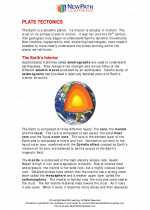
 Activity Lesson
Activity Lesson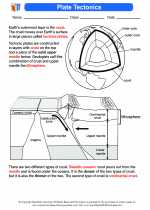
 Worksheet/Answer key
Worksheet/Answer key
 Worksheet/Answer key
Worksheet/Answer key
 Worksheet/Answer key
Worksheet/Answer key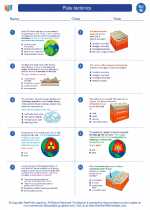
 Worksheet/Answer key
Worksheet/Answer key
 Vocabulary/Answer key
Vocabulary/Answer key
 Vocabulary/Answer key
Vocabulary/Answer key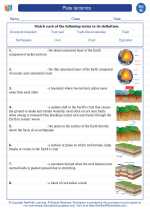
 Vocabulary/Answer key
Vocabulary/Answer key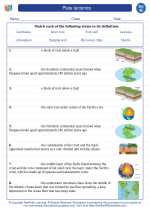
 Vocabulary/Answer key
Vocabulary/Answer key
 Vocabulary/Answer key
Vocabulary/Answer key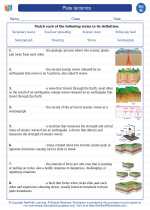
 Vocabulary/Answer key
Vocabulary/Answer key
 Vocabulary/Answer key
Vocabulary/Answer key
